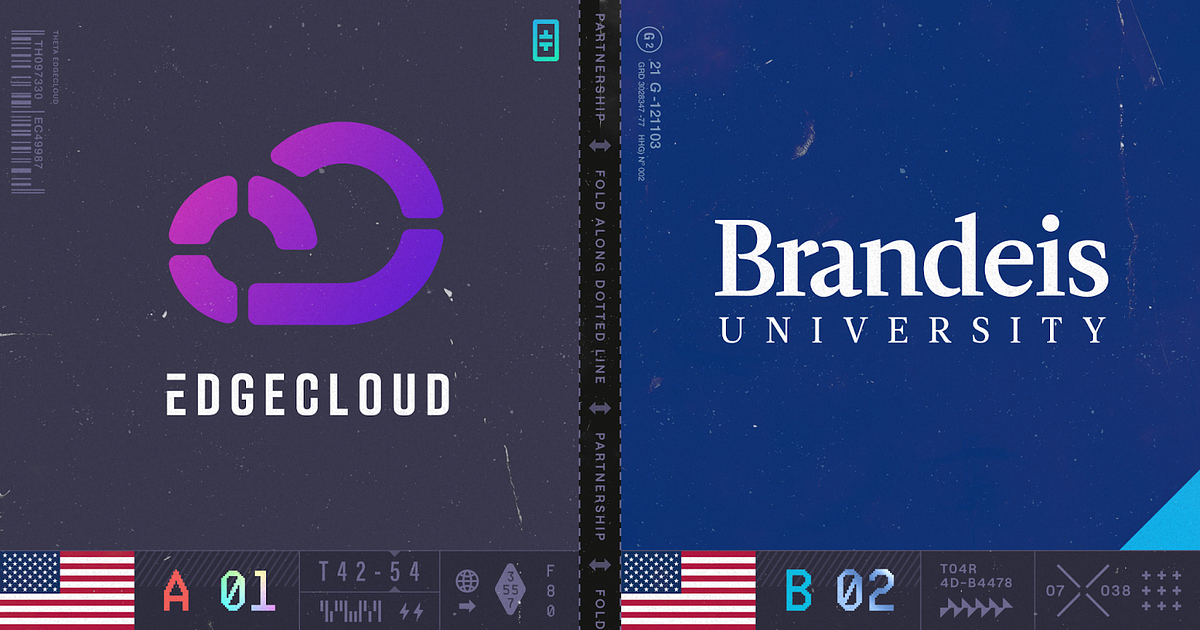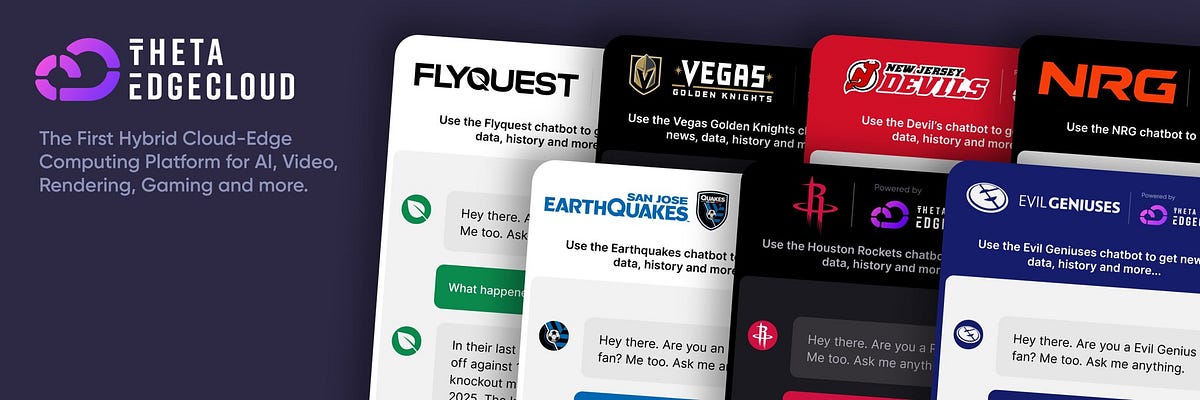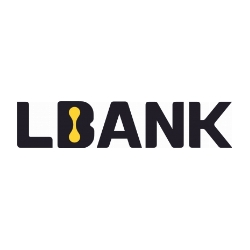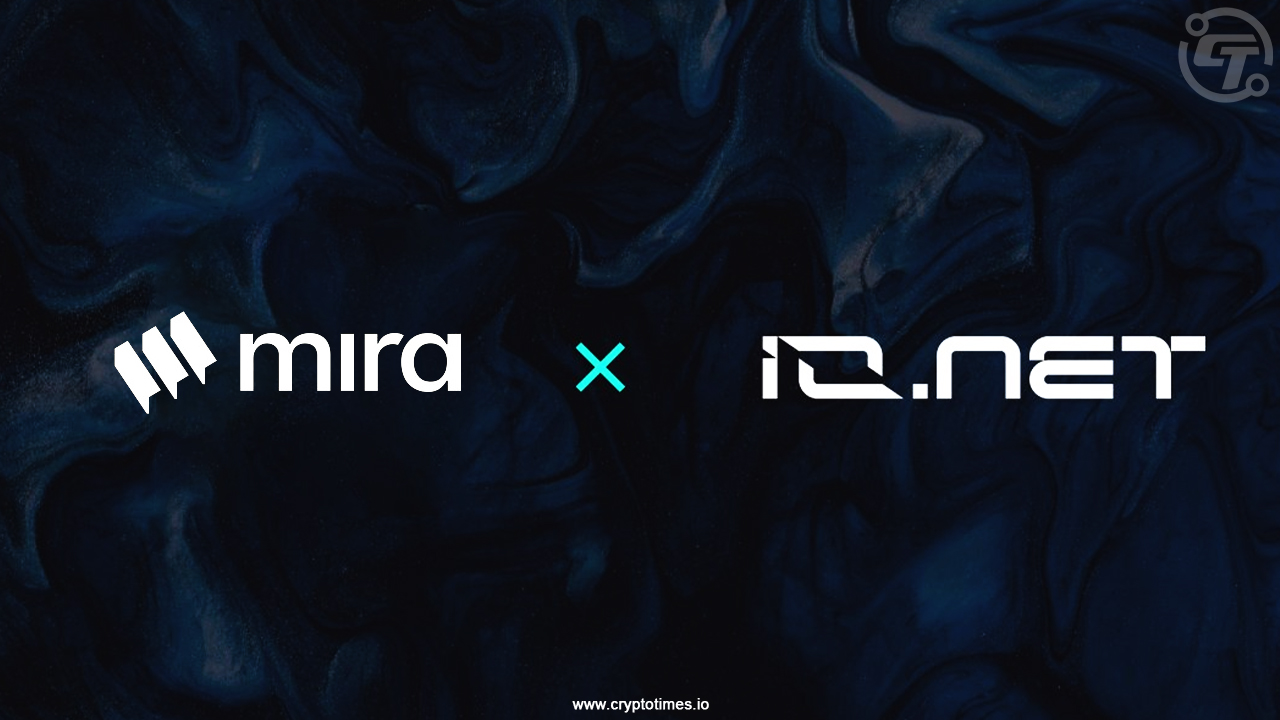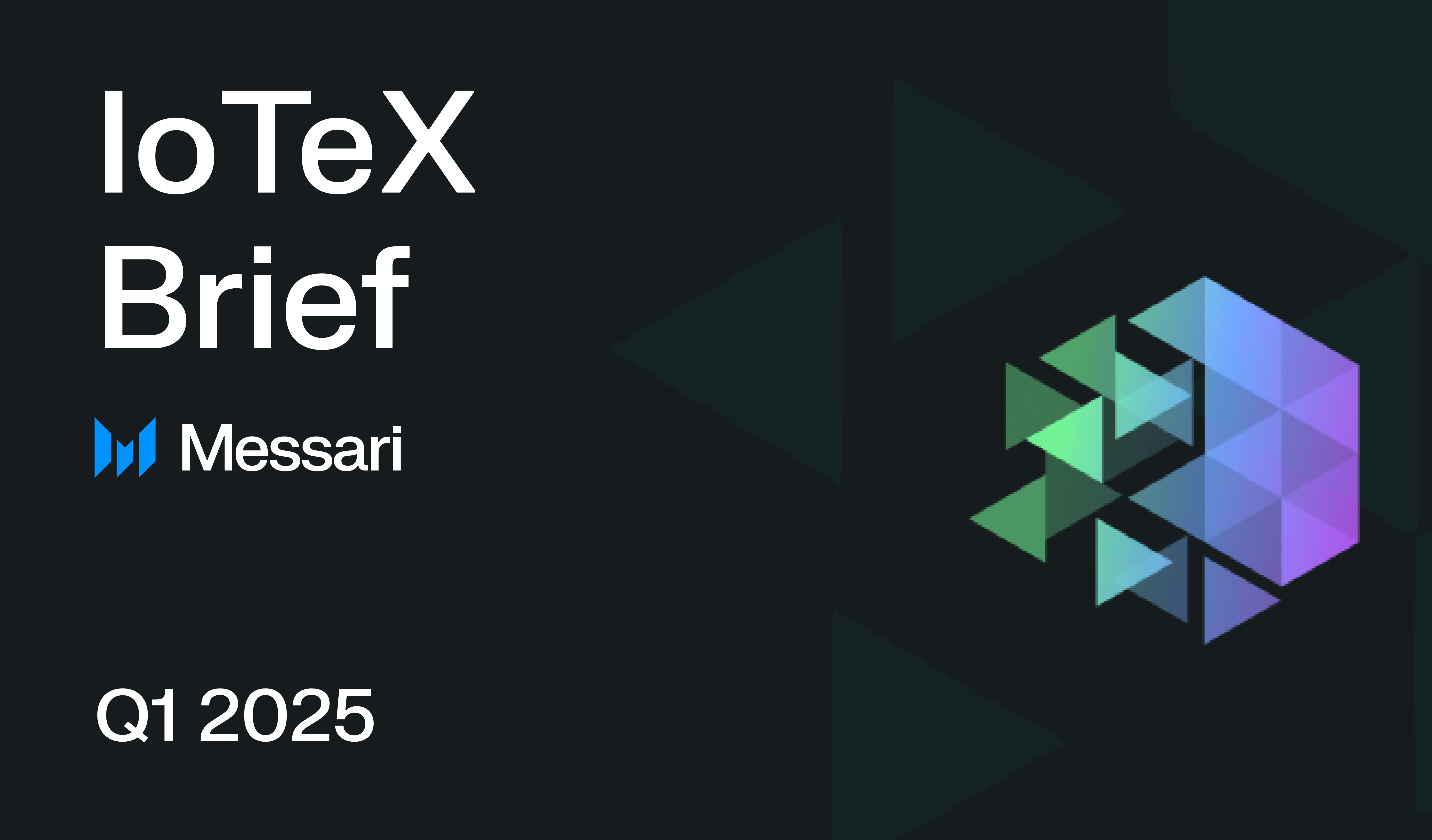Solana's Rise as a Decentralized Infrastructure Hub

Solana is emerging as a hub for Decentralized Physical Infrastructure Network (DePin) projects, according to a report from Syndica. The report highlights various DePin projects in the Solana ecosystem, including decentralized GPU marketplaces, wireless technologies, and geospatial data solutions. In the Compute Data AI sector, platforms like io.net, Render, and Nosana are fostering a thriving microeconomy around computational resources. Render’s technology was even integrated into Apple’s latest iPad Pro, demonstrating the transformative potential of decentralized networks in digital content creation. Helium, another DePin project on Solana, has seen exponential growth in mobile hotspots deployment and subscriber numbers since migrating to the platform. Hivemapper has also recorded unprecedented demand for map data, highlighting the growing reliance on decentralized solutions for geospatial data. Despite some signs of slowing in the storage sector, the overall momentum of DePin projects on Solana remains strong, with the platform now home to category leaders representing a combined market cap of $4 billion.
Related News
